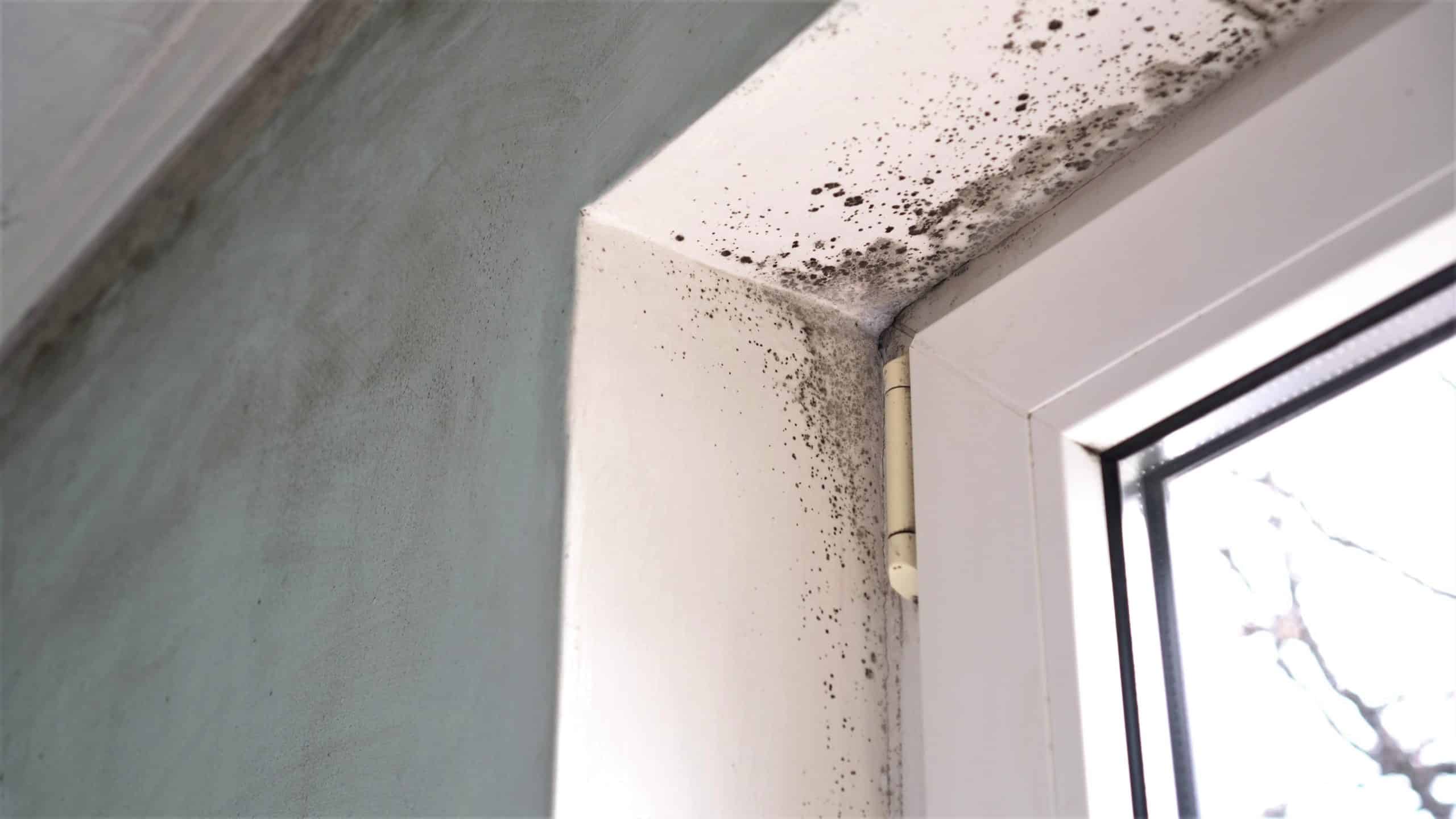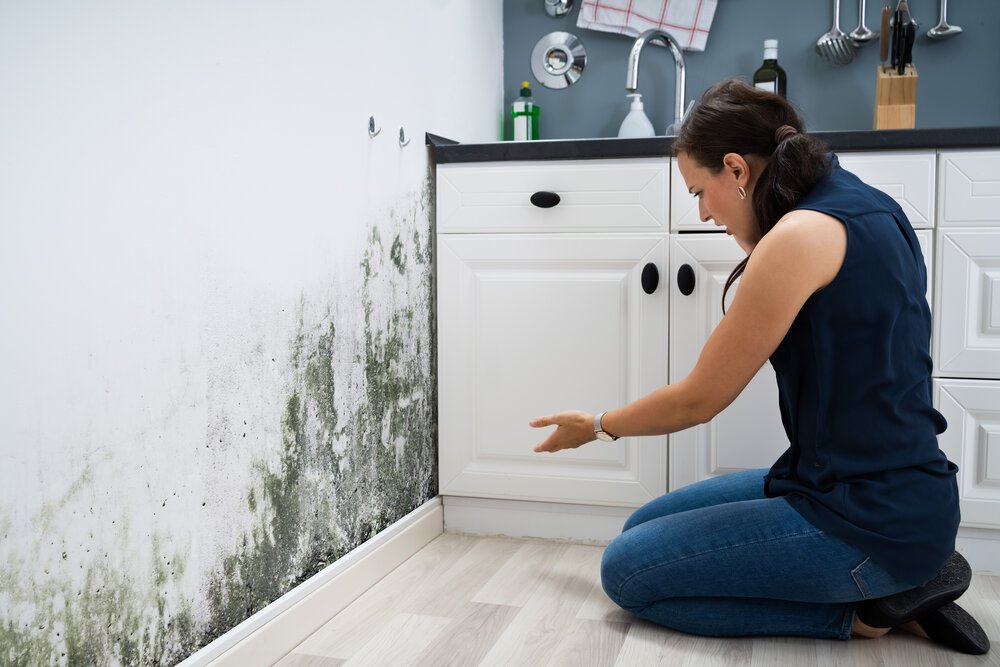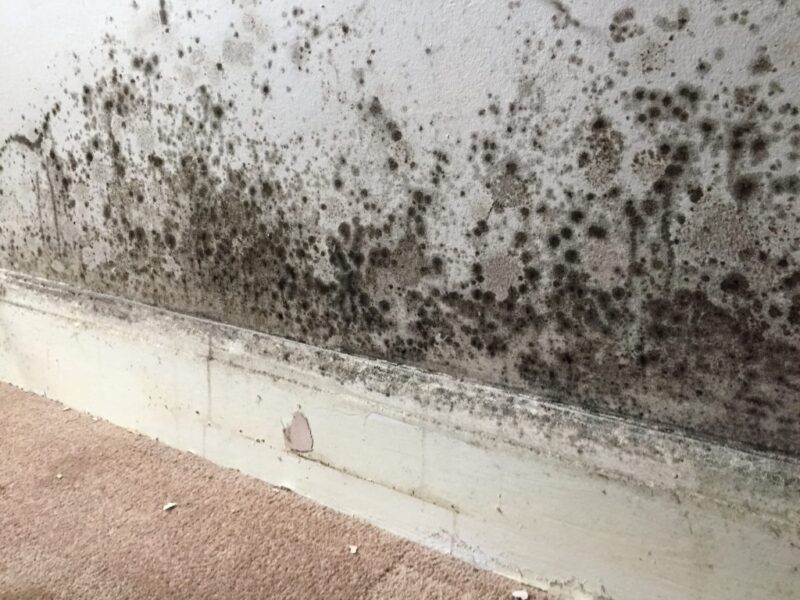Mold—a word that evokes images of damp basements and neglected corners—is often dismissed as a mere nuisance. Yet, lurking in the shadows of our homes, it embodies more than just a surface-level problem.
Mold spores thrive in moist environments, quietly multiplying and weaving their way into the very fabric of our living spaces. While many of us may shrug off that dark patch on the wall or the faint musty odor, the potential health risks are real and pressing.
Allergies, respiratory issues, and even more severe conditions can arise from prolonged exposure. As we delve into the often-overlooked dangers of mold, it becomes crucial to ask: Are you truly aware of your risk? This exploration not only highlights the hidden threats but also aims to empower homeowners with knowledge to safeguard their families and their living environments from the insidious nature of mold.
Definition and Types of Mold

Mold is a type of fungus that thrives in damp, humid environments, and it can present both aesthetic and health concerns within homes. There are various types of mold, each with its unique characteristics and potential risks.
Common molds include *Aspergillus*, *Penicillium*, and *Cladosporium*, which can often be found in basements, bathrooms, and around leaky pipes. While some molds are relatively harmless, others, like *Stachybotrys chartarum*, often referred to as black mold, can produce mycotoxins that pose serious health hazards to inhabitants, especially those with respiratory issues or weakened immune systems. Understanding molds diverse types and the conditions that foster their growth is crucial in recognizing potential threats, ensuring a safer living environment.
Common Places for Mold Growth in Homes

Mold can thrive in various common areas of the home, often lurking in unexpected places where moisture builds up unnoticed. Bathrooms, with their constant humidity and occasional leaks, are prime candidates for mold proliferation.
Similarly, kitchens, where steam from cooking and spills can create damp conditions, often fall victim to fungal invaders. Basements and crawl spaces, typically dim and poorly ventilated, provide an ideal habitat for mold to flourish, especially if theres water intrusion.
Lesser known, but equally concerning, are hidden areas like behind drywall or within HVAC systems, which can harbor substantial mold colonies, invisible yet insidious. The pervasive nature of mold means it can intertwine with our daily lives, raising significant health concerns for those exposed to it.
From respiratory issues to allergic reactions, the impacts of mold exposure can vary dramatically among individuals, with some experiencing severe reactions that can disrupt daily functioning and overall well-being. Thus, understanding these common growth sites is crucial in safeguarding your home and health.
Short-Term Effects

Mold exposure in the home can trigger a cascade of immediate health issues, catching residents off guard. Sneezing, coughing, and irritating throat sensations can become unwelcome companions, disrupting daily life. For some, particularly those with asthma or other respiratory conditions, even minute spores can exacerbate breathing difficulties, leading to significant discomfort.
Additionally, common symptoms like headaches and fatigue may arise, rendering individuals less productive and alert. Even skin irritation and allergies can flare up unexpectedly, with rashes or itchy eyes serving as a constant reminder of the unseen threat lurking in damp corners. These short-term effects can spiral into more significant health challenges if ignored, emphasizing the importance of prompt detection and remediation of mold in living spaces.
Conclusion
In conclusion, understanding the health risks associated with mold in homes is crucial for safeguarding not only your property but also your well-being. Mold can lead to a variety of health issues, particularly for those with respiratory problems, allergies, or weakened immune systems.
Regular inspections and prompt remediation are essential steps in preventing mold growth and protecting your familys health. If youre in the Tampa area, seeking out a professional mold inspection Tampa can help you identify potential threats and take necessary actions to ensure a safe living environment. Dont underestimate the impact of mold; prioritizing prevention and maintenance is key to a healthy home.


